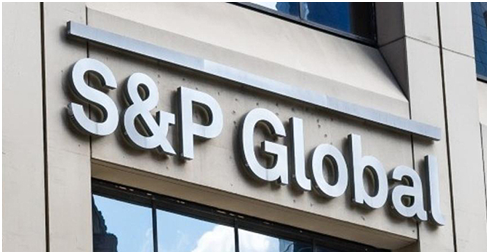
However, it is still lower than the 7.6 per cent
growth forecast for the current fiscal.
“For Asian emerging market (EM) economies, we generally project robust growth, with India, Indonesia, the Philippines, and Vietnam in the lead,” Louis Kuijs, Asia-Pacific chief economist at S&P Global Ratings, said. However, despite the hike, the latest projection is lower than RBI’s estimate of 7 per cent. Even the government expects GDP to grow around 7 per cent during the next fiscal year. Other domestic and global agencies expect growth to be in the range of 6.5 to 7 per cent
Last
week, the Monthly Economic Review (MER) by the Economic Affairs Department of
Finance Ministry said that strong growth accompanied by stable inflation and
external account and a progressive employment outlook helped the Indian economy
close the current financial year on a positive note. “There are headwinds like
indications of hardening crude oil prices and global supply chain bottlenecks
to trade. Nonetheless, India, on the whole, looks forward to a bright outlook
for FY25,” it said.
Meanwhile,
giving reasons for year-on-year moderation, Kuijs said, ”Restrictive interest rates are likely to weigh on demand next fiscal
year while regulatory actions to tame unsecured lending will affect credit
growth. A lower fiscal deficit will also dampen growth.” Earlier, the
agency had projected FY 25 growth at 6.4 per cent. The agency has not made any
change in its forecast for Fiscal Years 2025-26, 2026-27 and 2027-28 and pegged
at 6.9 per cent, 7 per cent, 7 per cent, respectively
Talking
about inflation, Kuijs said that while non-food CPI inflation softened about
250 bps, food inflation rose 40 bps in the first ten months of this fiscal
year. In all, headline inflation fell to an estimated 5.5 per cent this fiscal
from 6.7 per cent in fiscal 2022-2023. Headline inflation is above the middle
of the 4 per cent-6 per cent target band, due to elevated food inflation. There are always upward risks around
inflation. But, “barring major global shocks, we generally think those
risks are now moderate. The upward price pressure from recent international
shipping problems appears insufficient to meaningfully affect overall
inflation,” he said while expecting consumer inflation to decline further to
4.5 per cent on average in Fiscal Year 2025-26.
Now, the big question is when the
policy interest rate will be lowered. “We forecast rate cuts of up to
75 bps (India, Indonesia, New Zealand, and the Philippines) this year (which
for India is the 2024-25), with the median reduction of 50 bps. In India,
slowing inflation, a smaller fiscal deficit, and lower U.S. policy rates will
lay the ground for the Reserve Bank of India to start cutting rates. But “we believe
more clarity on the path of disinflation could push this decision at least to
June 2024, if not later,” he said.
For China, S&P Global sees its
GDP growth slowing to 4.6 per cent in 2024 from 5.2 per cent in 2023. “Our forecast factors in continued property
weakness and modest macro policy support. Deflation remains a risk if
consumption stays weak and the government responds by further stimulating
manufacturing investment,” it said.